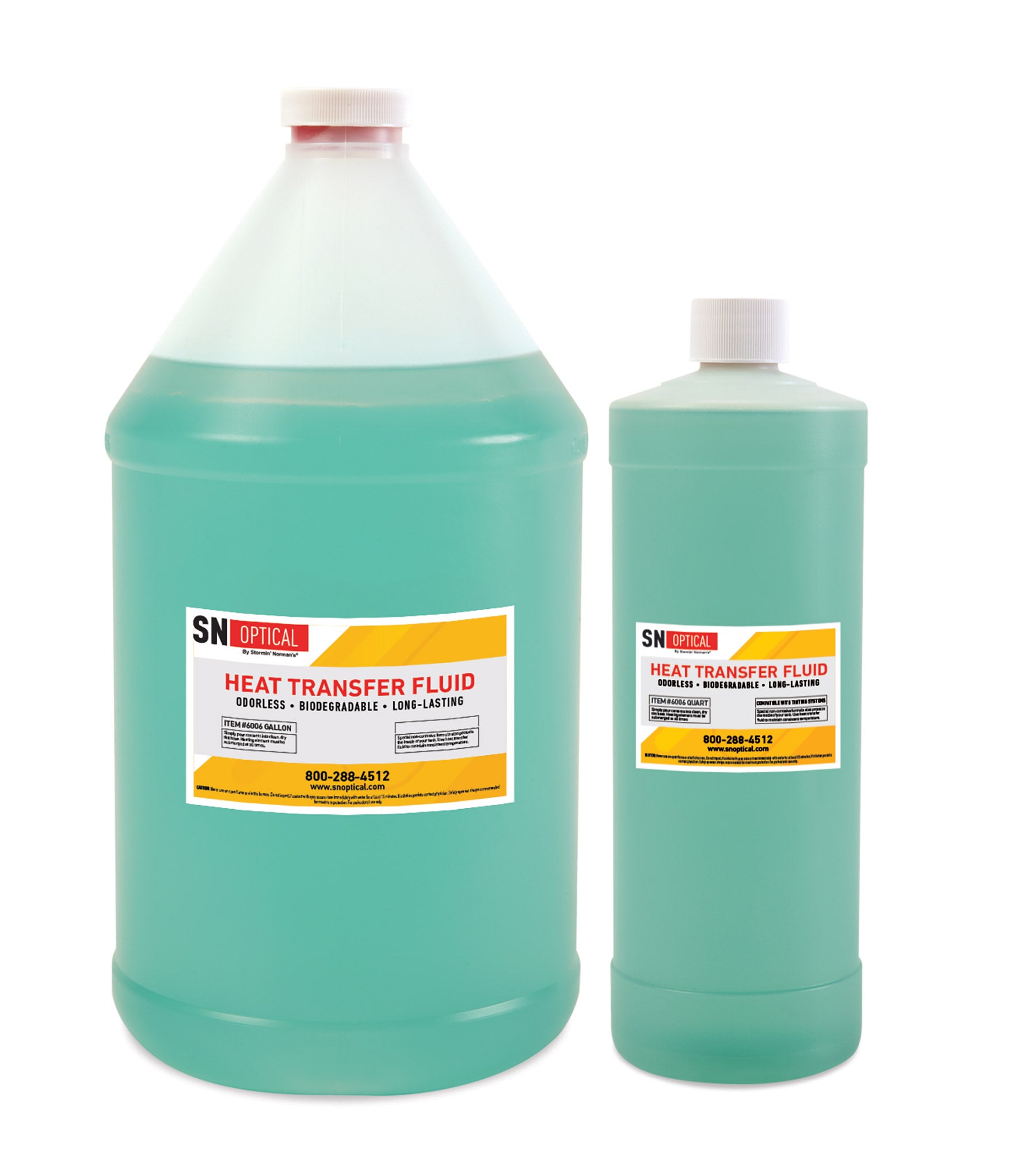A Comprehensive Guide to Heat Transfer Fluid for Solar Thermal Solutions
A Comprehensive Guide to Heat Transfer Fluid for Solar Thermal Solutions
Blog Article
Exactly How Heat Transfer Liquid Adds to Sustainable and Economical Workflow
In the contemporary commercial landscape, the duty of heat transfer liquids (HTFs) in advertising lasting and cost-efficient procedures can not be overstated. These fluids are critical in enhancing thermal administration systems, consequently significantly enhancing power efficiency and minimizing operational prices. heat transfer fluid. The ecological advantages of innovative HTFs, with their high thermal security and reduced toxicity, are indisputable.
Comprehending Heat Transfer Fluids
In the realm of thermal monitoring, warm transfer fluids (HTFs) work as crucial agents for transferring thermal energy from one place to one more. These liquids play a crucial duty in different industrial applications, including chemical processing, power generation, and cooling and heating systems. HTFs are particularly engineered to run within a vast variety of temperatures, efficiently promoting the transfer of heat while keeping a stable thermal account. Their capability to function under extreme problems-- whether high temperatures or cryogenic levels-- makes them vital in atmospheres demanding exact thermal control.
The make-up of warmth transfer liquids can vary dramatically, including choices such as mineral oils, artificial oils, glycols, and molten salts. Each type offers unique advantages, such as boosted thermal security, low viscosity, and high boiling points, which are selected based on certain operational demands. The choice of HTF influences not only the efficiency of warm transfer but likewise the longevity and safety and security of the system in which it is utilized.
As sectors proceed to innovate, the advancement of advanced HTFs, characterized by their improved thermal conductivity and reduced environmental influence, is crucial for satisfying the needs of modern-day thermal monitoring challenges.

Enhancing Power Performance

Improving power efficiency has actually become a vital problem across numerous industries, motivating a more detailed exam of warmth transfer fluids' function in optimizing thermal administration systems. These liquids are essential to preserving the desired temperature in procedures, thereby lessening energy waste and enhancing total system efficiency. By selecting a suitable heat transfer fluid, markets can substantially boost their energy performance, resulting in minimized energy usage.

Advanced formulas of heat transfer fluids have actually been established to stand up to extreme temperatures while keeping stability and performance. These advancements extend the operational life-span of the liquid, lowering the frequency of substitutes and energy-intensive upkeep activities. In addition, making use of artificial or bio-based fluids supplies additional benefits in terms of decreased environmental effect, aligning with worldwide sustainability objectives. Enhancing power performance via optimal heat transfer fluid selection is not only a technological requirement however also an environmental necessary.
Lowering Operational Prices
Operational expenses are a considerable consideration for markets seeking to maintain competitive advantage, and the option of warm transfer liquid plays a critical function in price management. Selecting a suitable warm transfer liquid can result in significant price financial savings by boosting system performance and reducing energy usage. High-performance liquids minimize thermal degradation, which in turn lowers the frequency of fluid replacement and downtime connected with maintenance, consequently reducing operational costs.
Moreover, heat transfer liquids with remarkable thermal stability and corrosion resistance extend the life-span of equipment. This decreases the requirement for regular repairs and replacements, which can be expensive and disruptive to operations. By spending in top quality fluids, sectors can accomplish long-term reductions in maintenance prices and improve the integrity of their systems.
Furthermore, progressed warm transfer liquids commonly display reduced thickness at operating temperatures, which enhances pump performance and decreases energy use this website in fluid circulation. Numerous modern-day warmth transfer fluids are engineered to operate properly over a broad temperature array, minimizing the need for numerous fluid types, therefore streamlining supply demands and reducing linked expenses.
Ecological Influence Decrease
The push towards lowering ecological effect has gained energy in markets leveraging warm transfer fluids. Warmth transfer fluids (HTFs) play a vital role in this Click Here change, using opportunities to boost energy efficiency and lower discharges - heat transfer fluid.
Moreover, the usage of sophisticated heat transfer liquids adds to improved system performance, reducing the total power usage. This decrease not only results in expense savings however additionally lowers co2 emissions, helping in the fight against environment modification. Fluids that are biodegradable and recyclable further improve sustainability initiatives, as they decrease waste and advertise circular economic situation practices.
Additionally, including HTFs right into closed-loop systems avoids fluid loss and contamination of the surrounding environment. This strategy makes sure that fluids are recycled, decreasing the need for brand-new resources and limiting waste generation. By welcoming these environmentally mindful strategies, markets can considerably reduce their eco-friendly impact while preserving high operational performance, aligning with global sustainability goals and governing requirements.
Choosing the Right HTF
Selecting the appropriate heat transfer fluid (HTF) is an essential action in progressing environmental sustainability within industrial processes - heat transfer fluid. A suitable HTF needs to have a high thermal capability, low viscosity, and high check over here thermal conductivity to ensure efficient heat transfer.
When choosing an HTF, it is important to consider its compatibility with system materials to stay clear of deterioration and chemical responses. This makes sure durability and reduces maintenance prices. The liquid ought to be safe and naturally degradable, decreasing its environmental impact and making certain conformity with environmental laws. The lifecycle price of the HTF, including procurement, operation, and disposal, need to additionally be assessed to guarantee financial feasibility.
Final Thought

Report this page